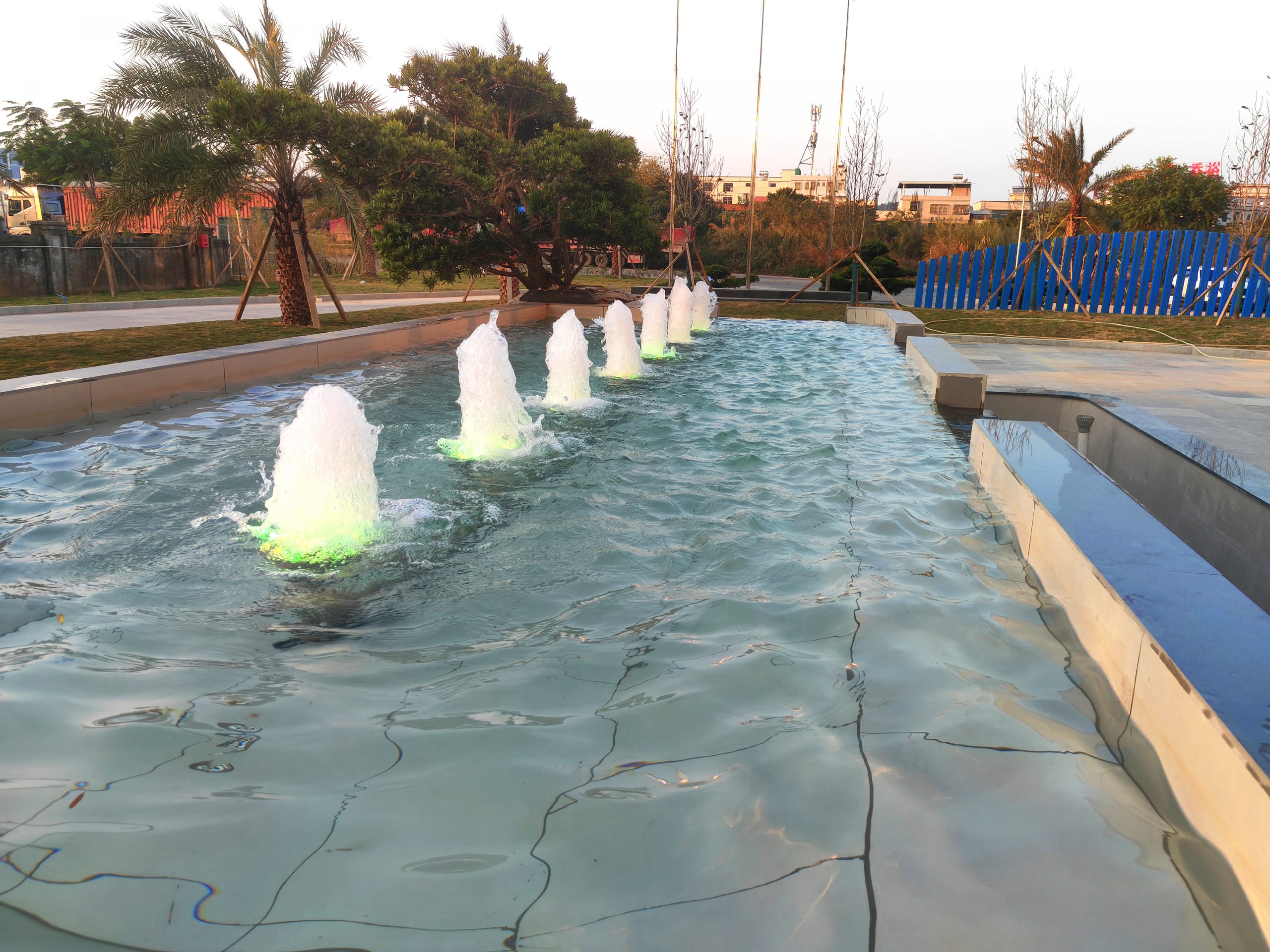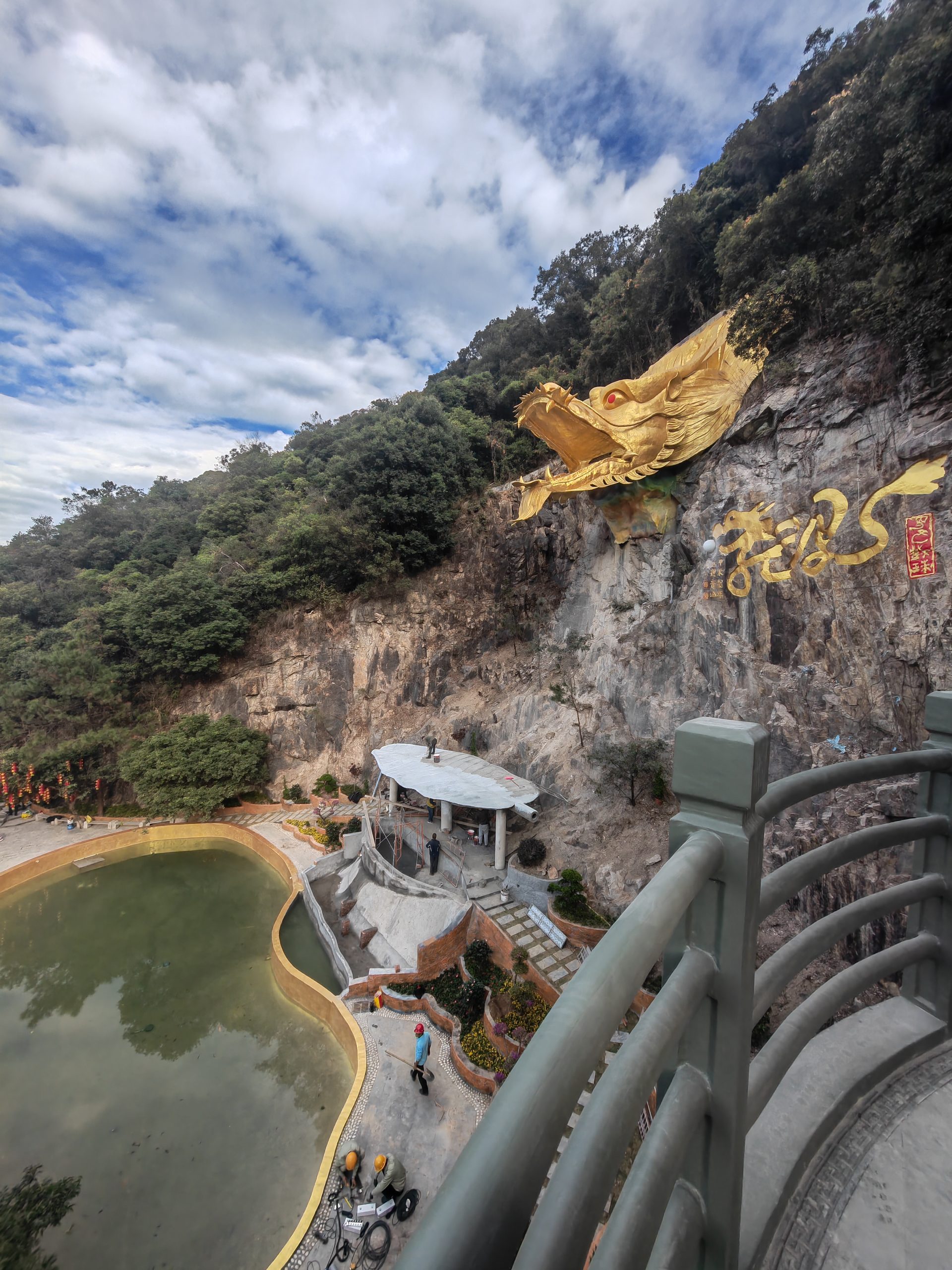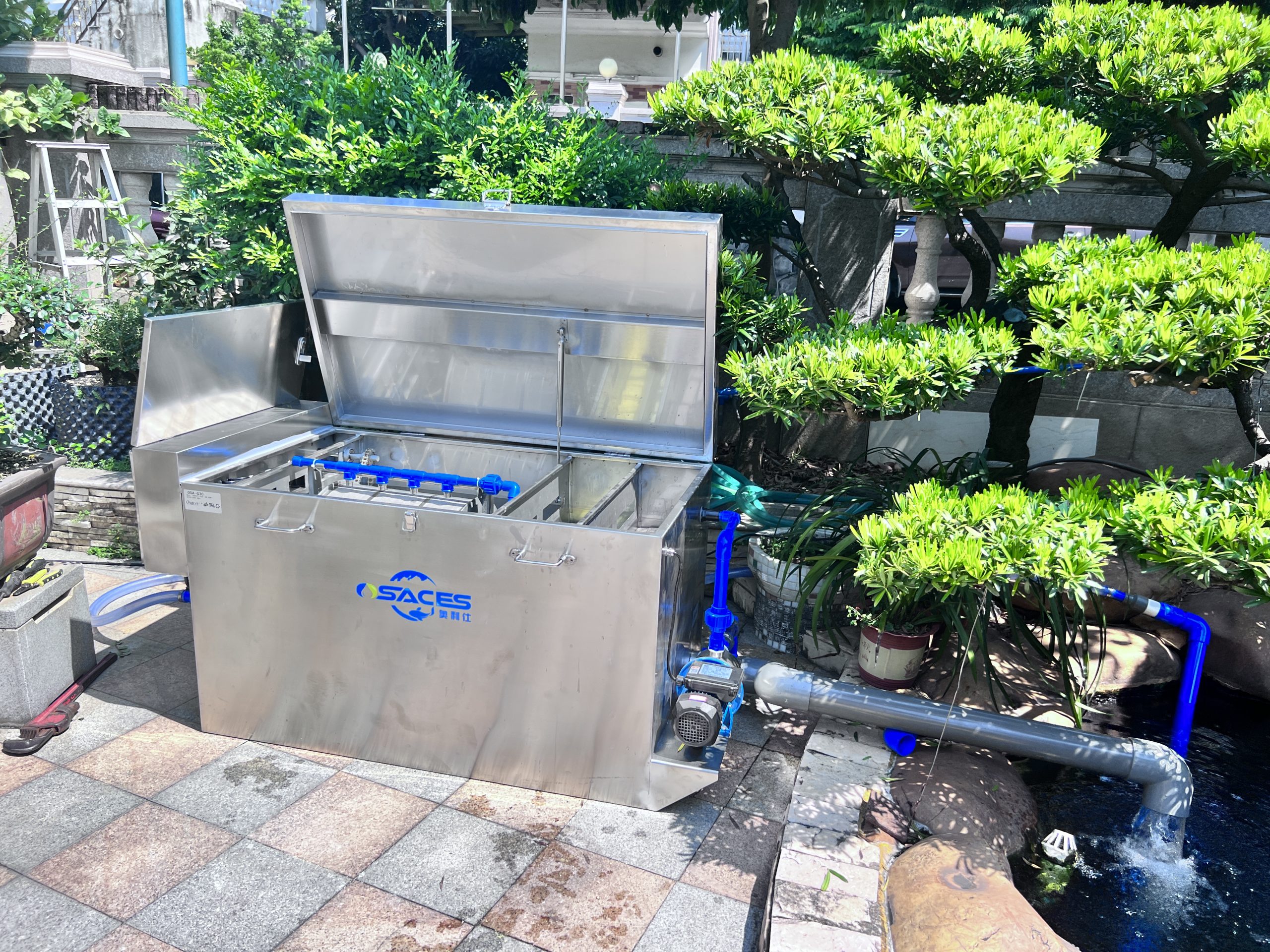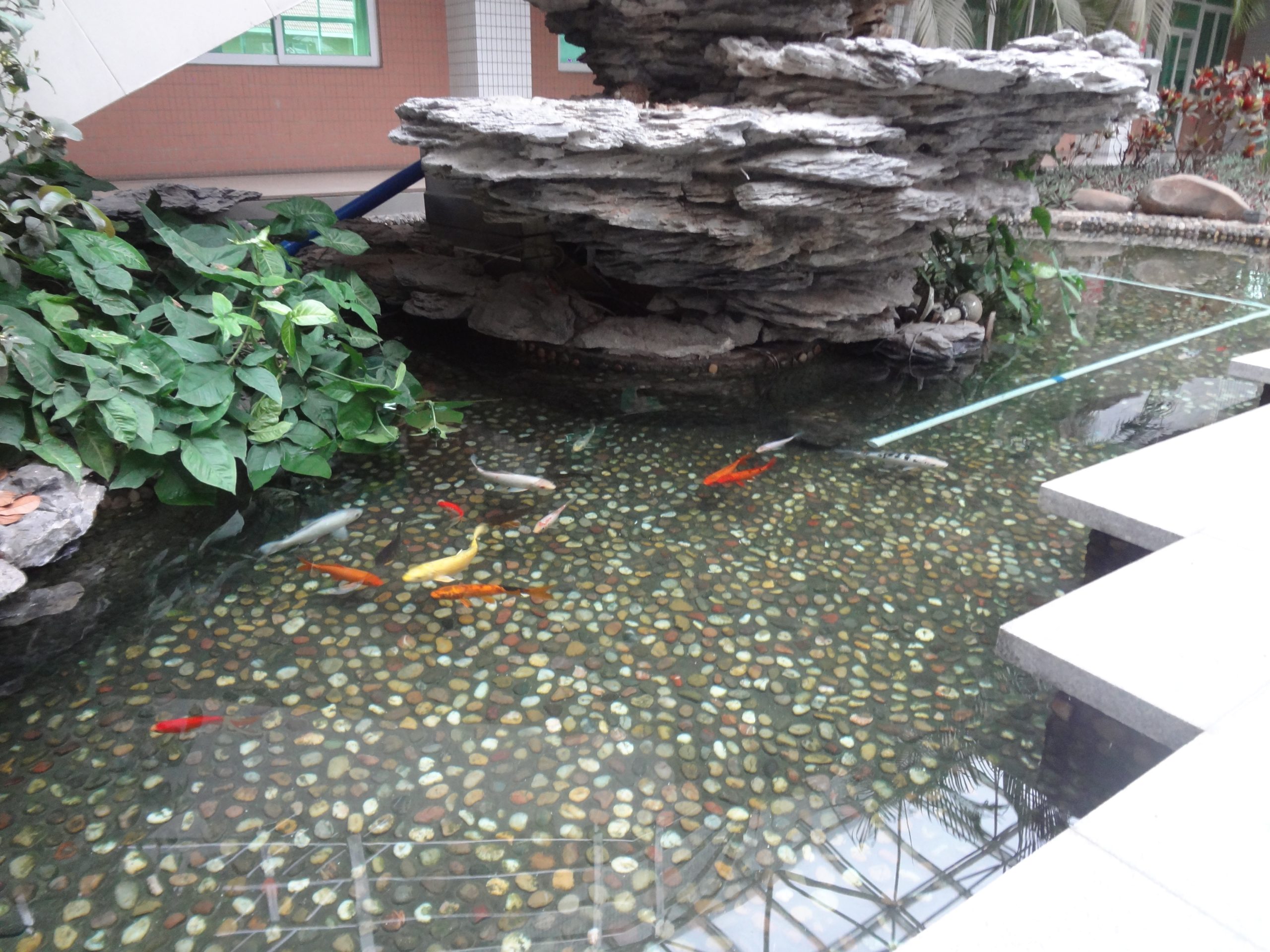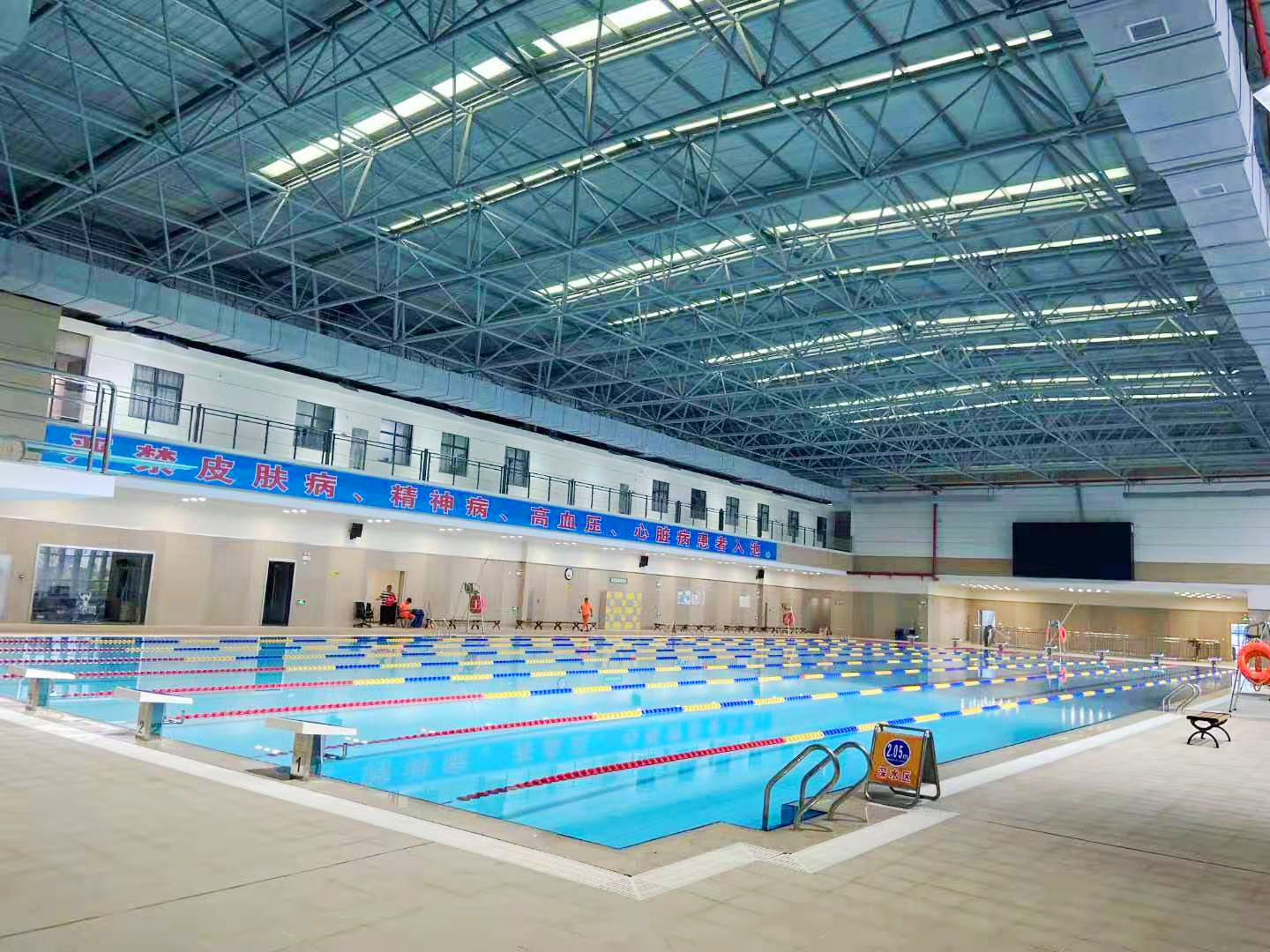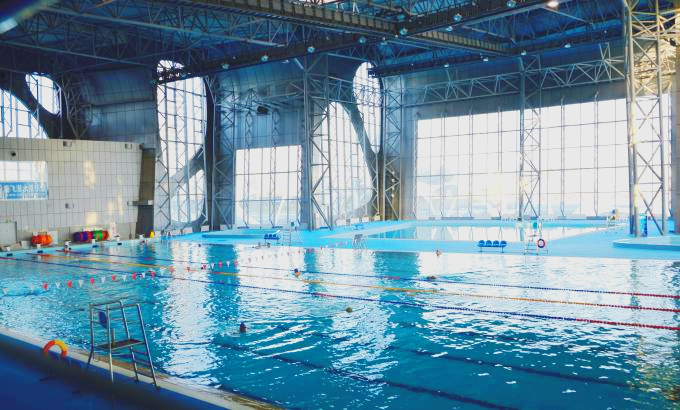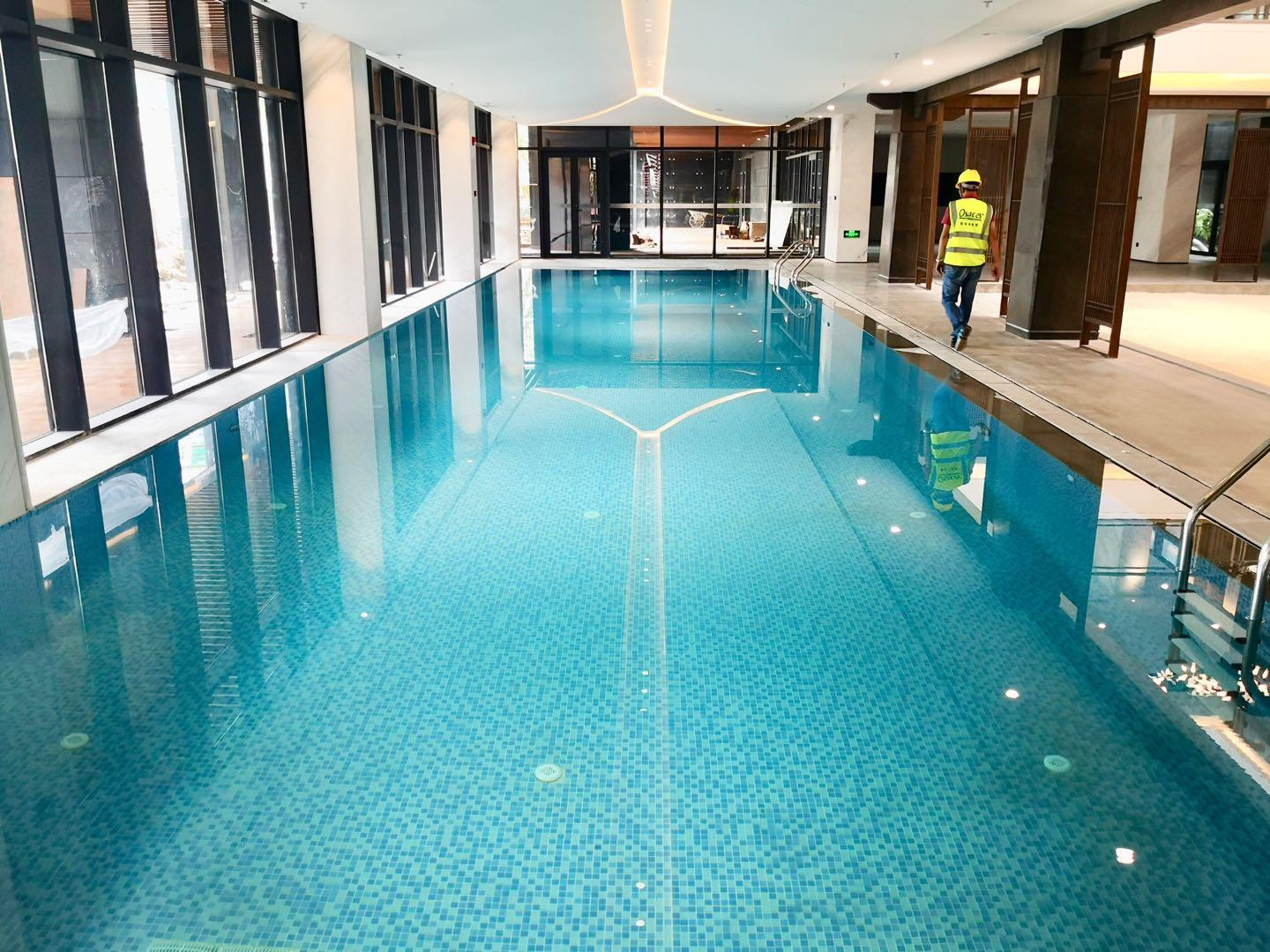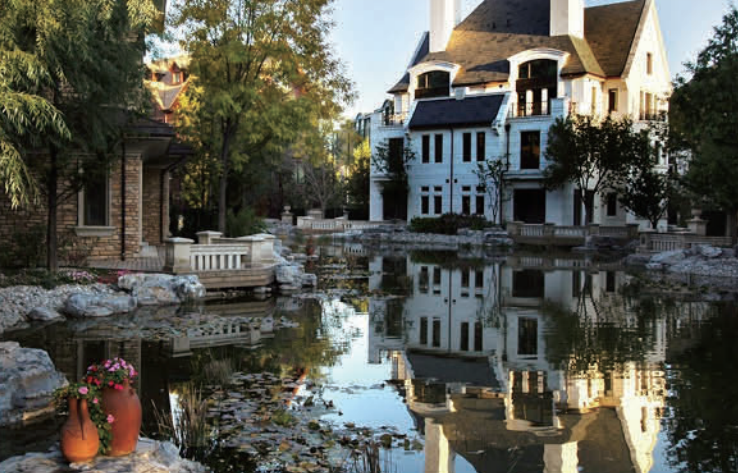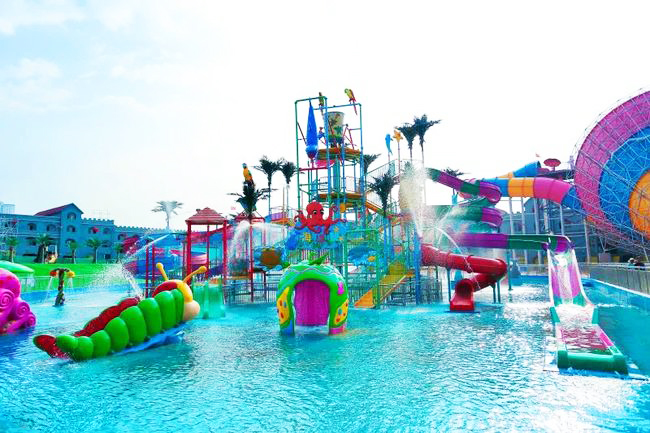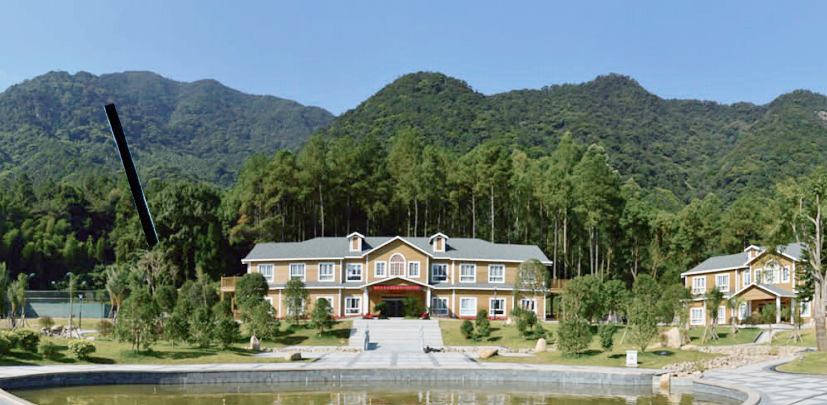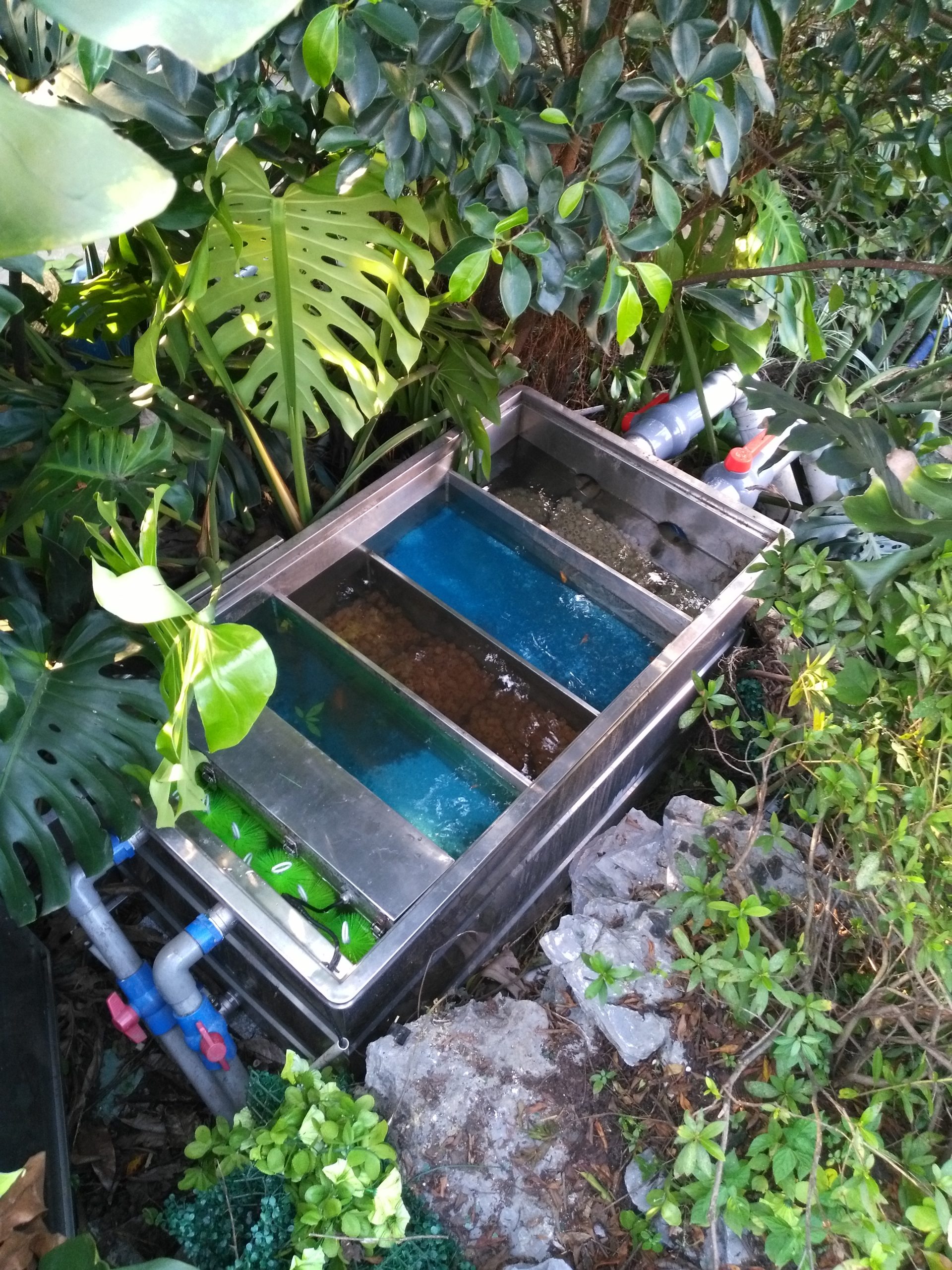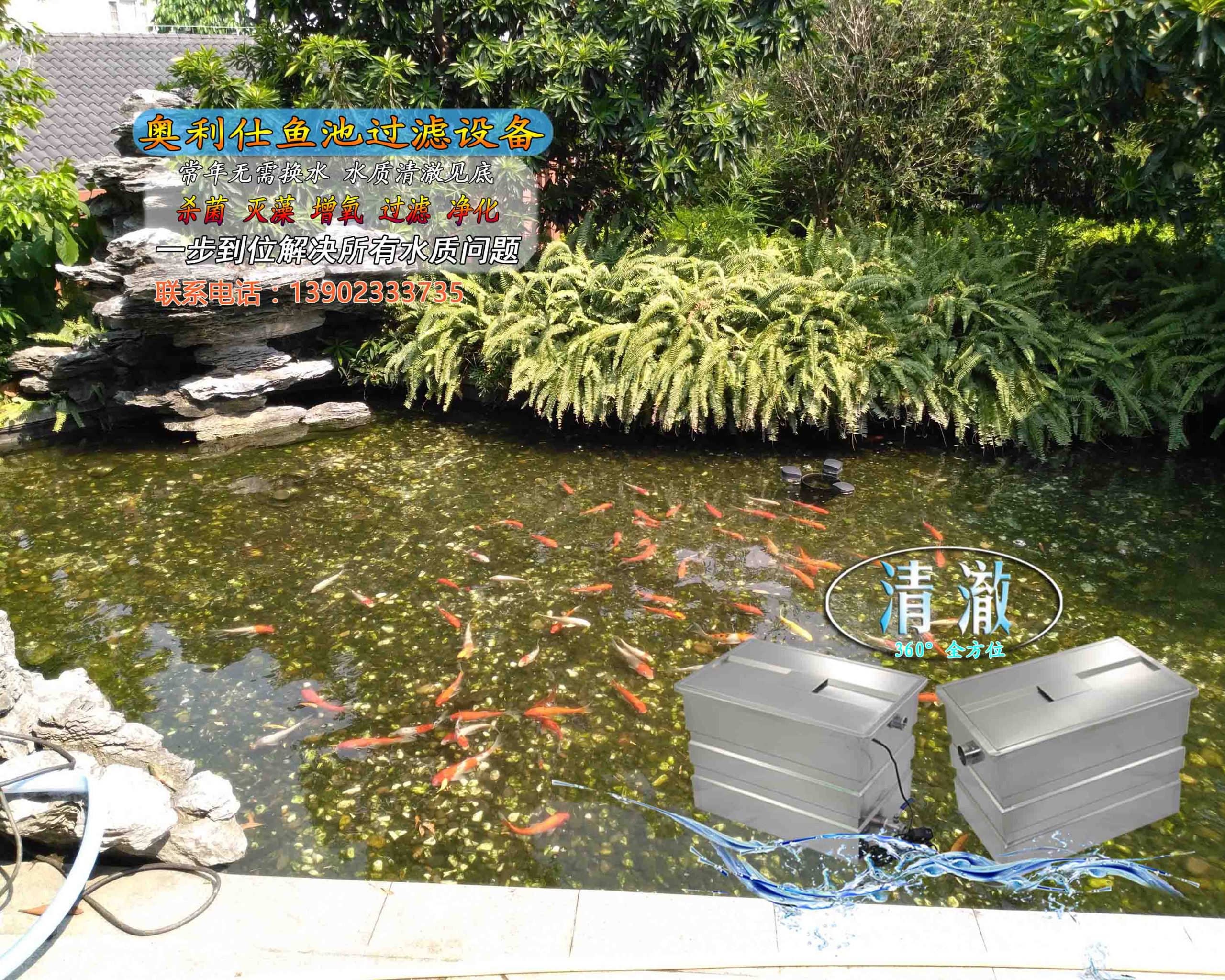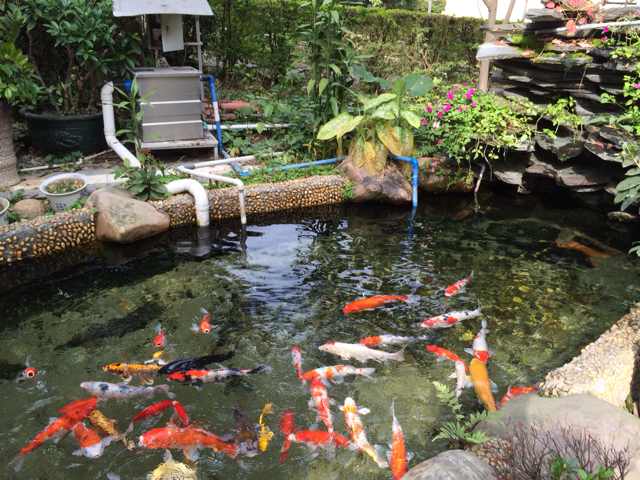common problems
contact details
 Ollies (Guangzhou) Recreation and Sports Equipment Co.
Ollies (Guangzhou) Recreation and Sports Equipment Co.Tel: (020) 82686289
Fax: 020-82694853
Headquarter: No.31-37, Xincun 2 Road, Shangjiang North Street, Dongzhou Village, Xintang Town, Zengcheng City, Guangzhou, Guangdong, China
How do I remove sediment from my koi pond?
As an ornamental fish favored by fish lovers - koi, there is no special tips for keeping them, except for the "water". For beginners, these are some suggestions:
1,First, the body of water should be as large as possible;
Big water produces big fish. Koi, as large ornamental fish, require a high level of space for keeping, and a large body of water helps to increase the activity of the fish, which in turn improves their metabolism and grows faster.
2,Next, there's water quality.
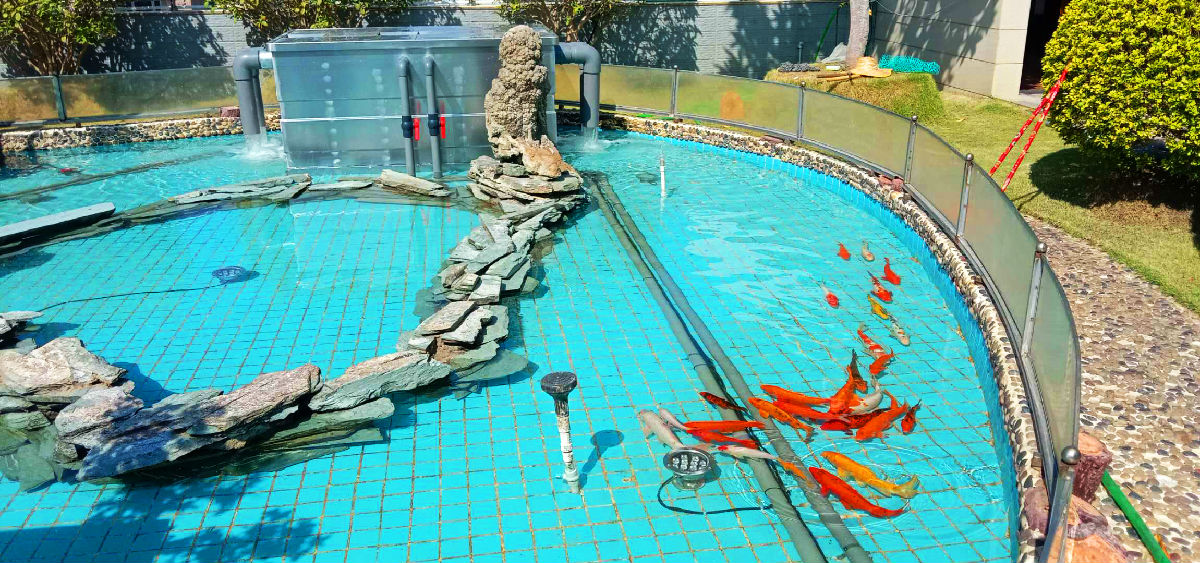
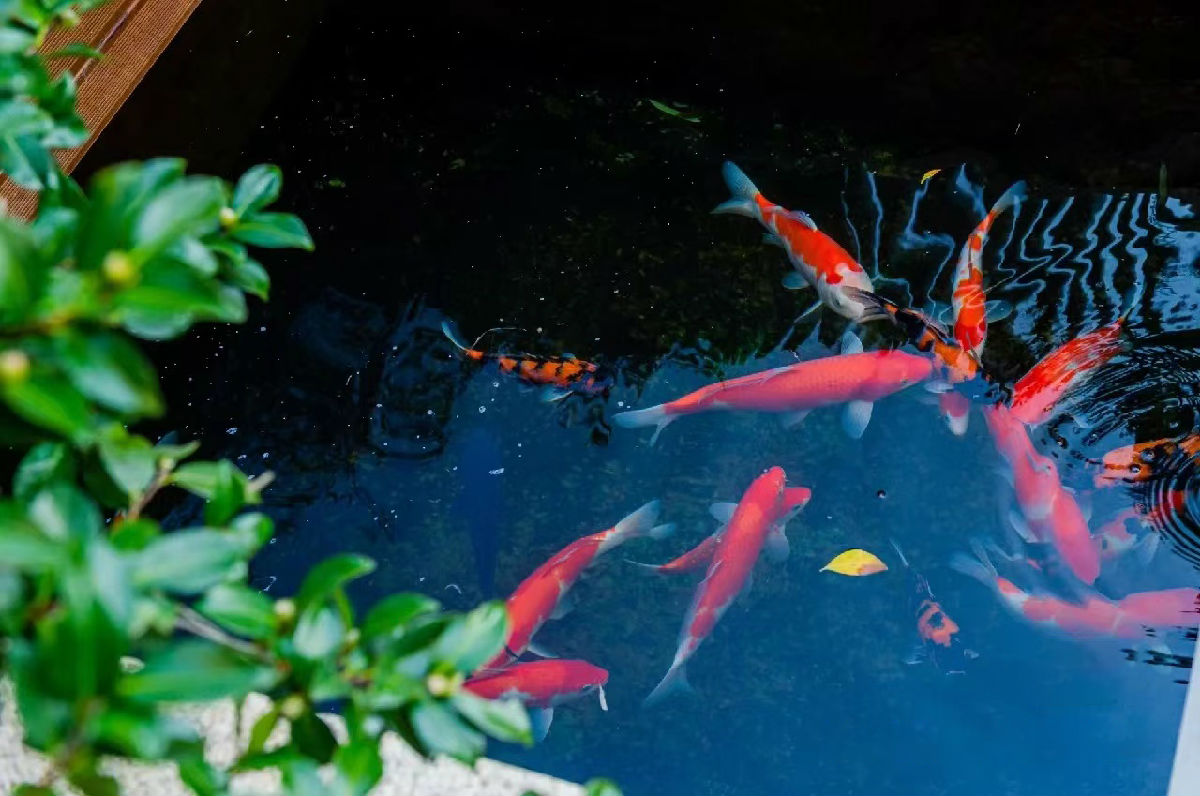
The water in a pond where koi are kept can become less transparent due to the entry of koi feces, floaters or algae and other fine particles of dust. Among these causes of dirtiness are also solid dirt that is visible to the naked eye and dirt that is so small that it cannot be seen by the naked eye.
At night, you can try a strong flashlight to irradiate the water in the pool, at this time you can see the floating particles in the water through the sharp unidirectional light, this phenomenon is called the "Tyndall phenomenon"; during the day it seems to be very high transparency of the pool water, in fact, there are still floating solids can not be seen by the naked eye.
Solid substances floating in water, which can be seen by the naked eye, and which do not dissolve in water, are called suspended substances or SS, or floating substances, and so on. For a more detailed description, the particle size ranging from 1 nm (nm=1/1,000,000mm) to 1 μm (μm=1/1,000mm) is called a colloid.
When you visit the activated sludge method at the sewage treatment plant, you can see that the surface of the coffee-colored sewage tank is bubbling upward due to the air (oxygen) blown out from the aeration pipe. This type of activated sludge method is a type of biological treatment, and there are many variations of the standard method.
For solids in a tank, there are natural settling (or gravity settling) and forced settling methods depending on their size and weight. Sink devices that settle these solids are called sedimentation tanks or settling tanks.
The sedimentation method for purifying water for koi is more or less the same as the sedimentation tanks used for sewers, etc., but the construction is not exactly the same because the flow rate of water and the size of the sediment are much smaller.
Many people misunderstand sludge and activated sludge as being the same. In fact, they are different.
Sludge is a muddy substance in water that is formed after natural precipitation. Activated sludge is something that is treated with strong aeration artificially, and it is called activated sludge when it is blown by air for a long time to the dirty water and the coagulated sludge settles after the aeration is stopped.
That is to say, activated sludge is not sludge, corresponding to the biochemical oxygen demand (BDD) in water, and the sludge contains hydrogen or phosphorus, such as aerobic bacteria, protozoa, and the nutrient source required by the afterlife, and the aggregate of these microorganisms is activated sludge. The activated sludge made from the collection of these microorganisms is called activated sludge method to do water treatment.
This activated sludge method requires a high degree of skill, so even in koi breeding there are ways of imitating it, but they should be different from this activated sludge method.
More koi fish pond filtration system problems can call Ollies consulting: 020-82686289. one-stop fish pond filtration system design, construction, fish pond filter manufacturers direct sales, welcome to call us for advice.
Related content
- Don't let rotting tails affect the koi's aesthetics
- What kind of water is good for fish? Talking more about green water for fish
- What to do if the water in your fish pond is unclear? How to keep the water fresh and clear
- Are you ready for the golden age of koi growth?
- What causes new koi to get sick easily?
- Case Sharing--Foshan Shunfeng Mountain Park 3600 square meters landscape pool purification project
- Case Sharing||Huizhou-- Intelligent Terminal Beidou Industry Production Project Fountain Fish Pond Purification Project
- Guangdong Guanyinshan National Forest Park 300m³ landscape fish pond purification project

